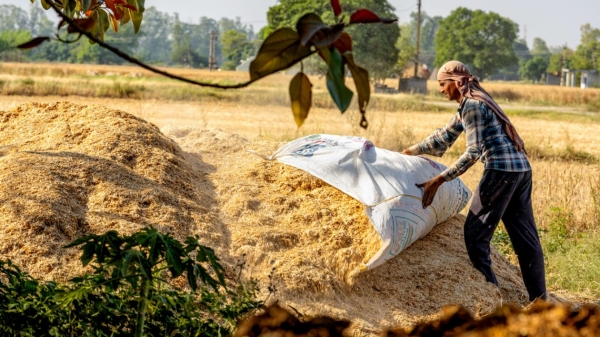Biochar, a charcoal made from heating discarded organic materials such as crop residues, offers a path to lowering atmospheric carbon dioxide (CO2) at a time when climate scientists warn that urgent action is needed limit CO2 in the atmosphere.
Biochar, a charcoal made from heating discarded organic materials such as crop residues, offers a path to lowering atmospheric carbon dioxide (CO2) at a time when climate scientists warn that urgent action is needed limit CO2 in the atmosphere.
New maps, made from a first-of-its-kind high-resolution global dataset of crop residues, reveal areas where the residues may be sustainably used to produce biochar.
The research finds that 12 countries have the technical ability to sequester over 20% of their current total greenhouse gas emissions by converting crop residues to biochar. Bhutan leads the way with the potential to sequester 68% of its emissions in the form of biochar, followed by India, at 53%. The study, “Potential for Biochar Carbon Sequestration from Crop Residues: A Global Spatially Explicit Assessment,” published Oct. 13 in the journal GCB Bioenergy.
Read more at: Cornell University
Photo Credit: Smita Sharma via The Nature Conservancy




